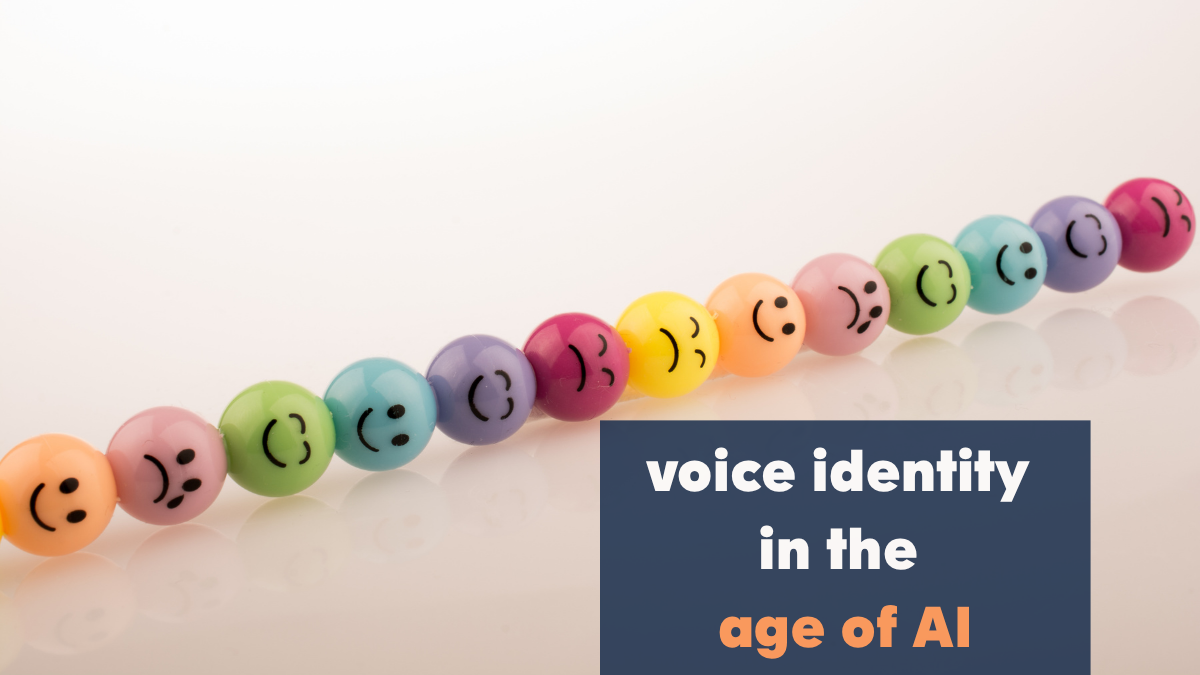Open-ended questions are important to encourage self-determination skills while binary choices may be used to encourage choice making in beginning communicators. Let’s take a look at how binary choices can be limiting and how to overcome that by offering thoughtful choices that build agency.
Open-Ended Vs Binary Questions
Binary questions are closed-ended questions that have a limited number of answers or can be answered with ‘Yes’ or ‘No’.
Communication partner: Do you want to have a ‘sandwich’ or ‘porridge’ for breakfast?
AAC learner: Sandwich
Open-ended questions, on the other hand, are those that have free-form answers. They allow language expansion and encourage conversational agency. But they can also be difficult for some communicators to process.
Example of open-ended question:
Communication partner: What do you want to have for breakfast?
AAC learner : ????? (Thinking)


When you offer two choices, you generally have one option that you know the AAC learner really likes (highly motivating) and the other option being the item they clearly dislike (least motivating). For the AAC learner, the feeling of being able to convey to others/ express what they want can reduce meltdowns/frustrations.
Since binary questions are direct, they may be help AAC learners decide and come up with an answer easily. But can we be always right in our assumptions about what the communicator wants?
It’s the Communicator’s Choice
When you offer only two choices, the communicator is forced to pick one of them. This leaves no room for them to let us know that they don’t want to pick either of the choices presented to them.


So, it’s good practice to include a third option that gives the communicator more control of what they want to say.
For example,
Communication partner: Do you want to have popcorn, carrots, or something else ?
Present each choice slowly one after the other and encourage the communicator to tap the corresponding picture on the AAC system.
Communication partner: What gift do you want to give to your sister – legos, puzzles, or you don’t know?
Communication partner: Where do you like to go – the beach, park, or none of these?


Reinforcing Choices
Whatever, the AAC learner chooses, reinforce their choice by immediately giving them the requested item. Reinforce their response every single time they make a choice. Honouring the AAC learner’s choice immediately makes them feel that they are in control of what they want to do/express.
The act of reinforcing immediately with the requested item, (if I touch a picture, I get the chosen object/activity immediately) tempts them to try and express more.
At this point, doubting the AAC learner’s answer to the question and asking them the same question several times to check consistency, may annoy the user. This may also discourage them from expressing what they need.
Error Identification
Giving a non-preferred item when they expressed the wrong choice helps the AAC users learn ‘error identification’. It helps them realize their own mistake.
For example,
Communication partner: Do you want to have popcorn, or carrots, or something else?
AAC learner: Carrots ! (Wants to have popcorn and mistakenly taps carrots)
Communication partner: You want a carrot? Here you go! (Gives carrot to the AAC learner immediately)
AAC learner: Popcorn ! (Error identification. Taps the popcorn button).
Communication partner: Oh ! You want Popcorn ! (Gives the popcorn to the AAC learner)
Opportunities to Build Choice Making
Create numerous opportunities throughout the day for the AAC learner to realize the increasing number of successful conversations they are having with their communication partners across different settings. Some of the situations where you can use binary choices are:
- While getting ready to go out (Do you want to wear a ‘blue dress’ or ‘green dress’ now ?)
- During Playtime (Do you want to ride a ‘scooter’ or ‘bike’?)
- Mealtime (Do you want me to make ‘chicken’ or ‘fish’ for lunch ?)
- For an activity (Do you want to ‘read a book’ or ‘watch T.V.’ ?)
WRITTEN BY
Sujatha.S, M.A.S.L.P
Audiologist & Speech – Language – Swallowing Therapist
I have 8 years of experience functioning in various set-ups like special schools, private hospitals, family-based & community-based rehabilitation. I get immense pleasure in providing & seeing success in custom-made intervention programs for individuals with hearing, speech-language and swallowing issues.


References:
https://communication.bridgeschool.org/intervention/interaction-strategies/
https://www.belindahill.com.au/wp-content/uploads/2018/07/binary-choice-self-talk.pdf
https://avazapp.freshdesk.com/support/solutions/articles/11000087299-how-to-teach-choice-and-discrimination
Hope you enjoyed reading this blog about choice making. Please share your suggestions and feedback in the comment section below.



